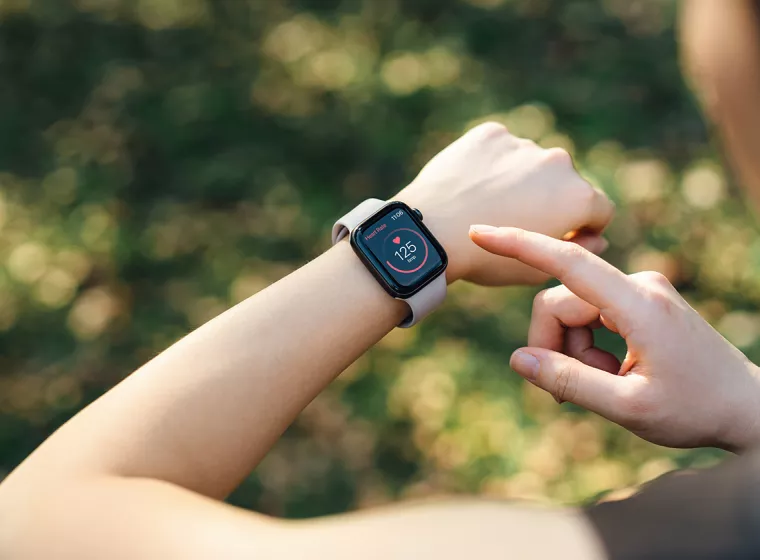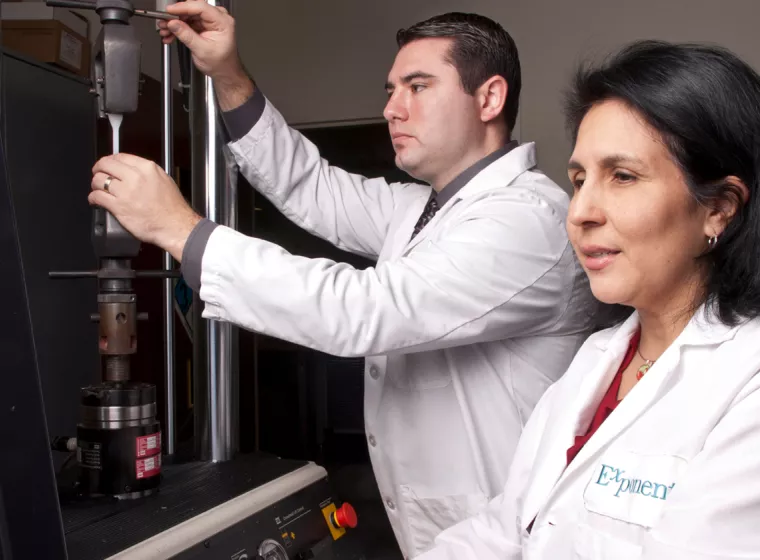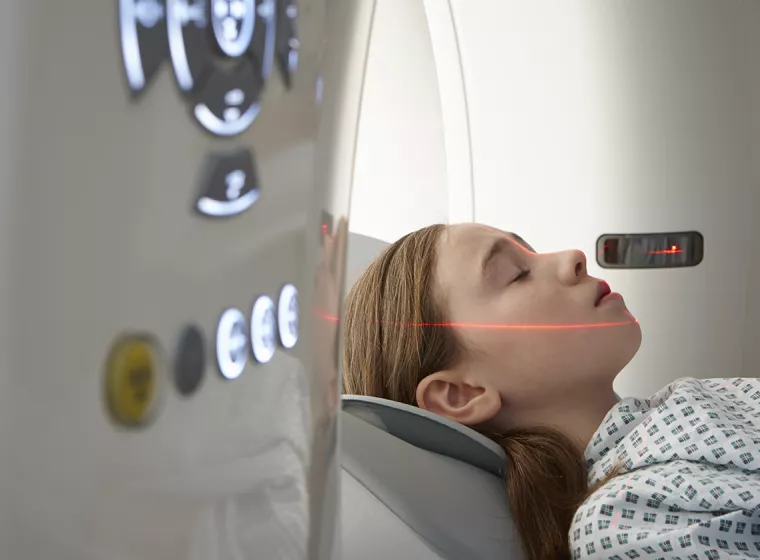January 25, 2024
New guidance provides recommendations to ensure digital health technologies are fit-for-purpose for collecting high-quality clinical data to evaluate medical products
On Dec. 22, the Food and Drug Administration published a final guidance document, "Digital Health Technologies for Remote Data Acquisition in Clinical Investigations; Guidance for Industry, Investigators, and Other Stakeholders." The guidance is part of FDA's recent portfolio of stakeholder activities to support the crucial role digital health technologies (DHTs) are playing in clinical drug development.
Five key areas to consider for digital health technologies
The new guidance document emphasizes five areas for drug and device developers to consider in their study designs and sponsor submissions to ensure that DHTs are fit-for-purpose and adequately measure endpoints of interest through consistent remote or on-site clinical data collection. These areas include:
- Selection of DHTs that are suitable for use in the clinical investigation
- Demographically and use-case-compliant verification, validation, and usability evaluation of DHTs for use in the clinical investigation
- Evaluation and contextualization of endpoints collected using DHTs
- Identification of risks associated with the use of DHTs during the clinical investigation
- Management of risks related to the use of DHTs in clinical investigations
Examples support future digital health technology submissions
In addition, FDA's guidance includes an appendix section devoted to illustrating various types of DHTs and how these can be used in clinical investigations. For instance the document describes the use of:
- An activity tracker bracelet with an incorporated accelerometer sensor and embedded algorithm to measure step count for a novel orthotic device to treat knee osteoarthritis
- A memory task mobile application to evaluate a drug to treat symptoms of Alzheimer's disease
- An FDA-authorized glucose monitoring device to continuously track hypoglycemic episodes in participants remotely in the evaluation of a drug for the management of Type 2 Diabetes
Selection and rationale for use of a DHT
The second appendix provides a high-level walkthrough on the selection and rationale for use in a clinical investigation of a portable wearable device to assess multiple sleep parameters (e.g., sleep latency, sleep efficiency, sleep awakening) in the home setting in trial participants with insomnia. The three-page example shares how sponsors considered the areas listed above — selection, verification and validation, usability, endpoint evaluation and contextualization (where possible), and risk identification and management — with device-specific examples.
As DHTs play an ever-expanding role in clinical investigations, FDA anticipates that this new guidance document will inform study design and formalized data analysis and reporting approaches, as well as other elements for sponsors to include in regulatory submissions such as marketing applications, investigational new drug (IND) or investigational device exemption (IDE) applications, drug development tool (DDT) submissions, or medical device development tool (MDDT) submissions.
What Can We Help You Solve?
Exponent's health scientists, biomedical engineers, and human factors and regulatory specialists are at the forefront of verifying and validating DHTs, including applications to traditional clinical trial research, remote clinical research and decentralized clinical trials, and epidemiological and real-world evidence designs. We support DHT evaluations with state-of-the-art patient-generated health data ecosystems and integrated electronic health record data platforms.









